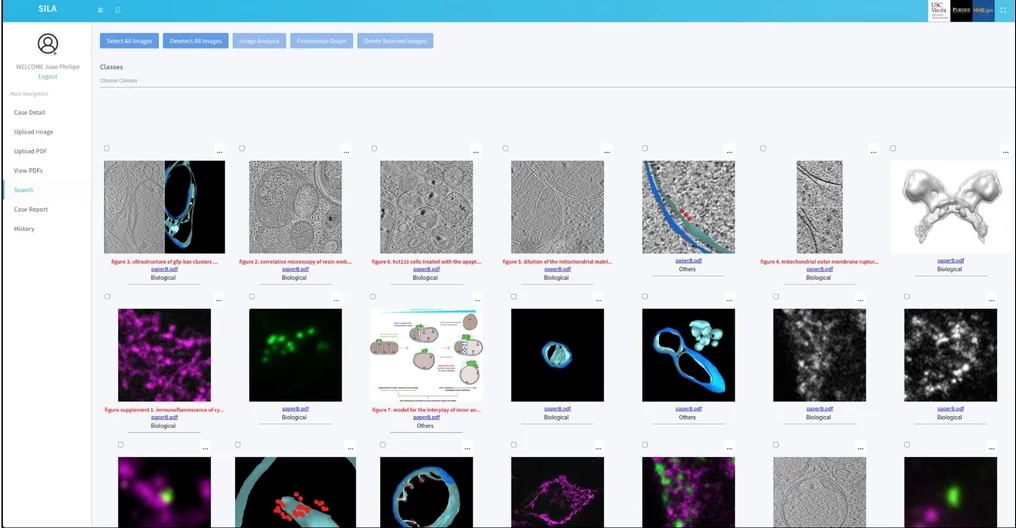SILA: A system for scientific image analysis
1Loyola University Chicago, Chicago, IL, US, 2Universidade Estadual de Campinas, Campinas, São Paulo, Brazil, 3Purdue University, West Lafayette, IN, USA, 4University of Naples Federico II, Naples, Italy, 5Electrical Engineering and Applied Mathematics, University of Salerno, Fisciano, Italy, 6University of Southern California, Los Angeles, CA, USA, 7Politecnico di Milano, Milan, Italy, 8University of Notre Dame, Notre Dame, IN, USA
Abstract
A great deal of the images found in scientific publications are retouched, reused, or composed to enhance the quality of the presentation. In most instances, these edits are benign and help the reader better understand the material in a paper. However, some edits are instances of scientific misconduct and undermine the integrity of the presented research. Determining the legitimacy of edits made to scientific images is an open problem that no current technology can perform satisfactorily in a fully automated fashion. It thus remains up to human experts to inspect images as part of the peer-review process. Nonetheless, image analysis technologies promise to become helpful to experts to perform such an essential yet arduous task. Therefore, we introduce SILA, a system that makes image analysis tools available to reviewers and editors in a principled way. Further, SILA is the first human-in-the-loop end-to-end system that starts by processing article PDF files, performs image manipulation detection on the automatically extracted figures, and ends with image provenance graphs expressing the relationships between the images in question, to explain potential problems. To assess its efficacy, we introduce a dataset of scientific papers from around the globe containing annotated image manipulations and inadvertent reuse, which can serve as a benchmark for the problem at hand. Qualitative and quantitative results of the system are described using this dataset.
For further details, please refer to the full publication in Scientific Reports.
Citation
Moreira, D., Cardenuto, J.P., Shao, R. et al. (2022) SILA: a system for scientific image analysis.. Sci Rep 12, 18306 . DOI: 10.1038/s41598-022-21535-3
1
2
3
4
5
6
7
8
9
10
11
12
13
14
15
@article{Moreira2022,
title = {SILA: a system for scientific image analysis},
volume = {12},
ISSN = {2045-2322},
url = {http://dx.doi.org/10.1038/s41598-022-21535-3},
DOI = {10.1038/s41598-022-21535-3},
number = {1},
journal = {Scientific Reports},
publisher = {Springer Science and Business Media LLC},
author = {Moreira, Daniel and Cardenuto, João Phillipe and Shao, Ruiting and Baireddy, Sriram and Cozzolino, Davide and Gragnaniello, Diego and Abd-Almageed, Wael and Bestagini, Paolo and Tubaro, Stefano and Rocha, Anderson and Scheirer, Walter and Verdoliva, Luisa and Delp, Edward},
year = {2022},
month = oct
}
| Code and Data: GitHub Repository | Dataset |
